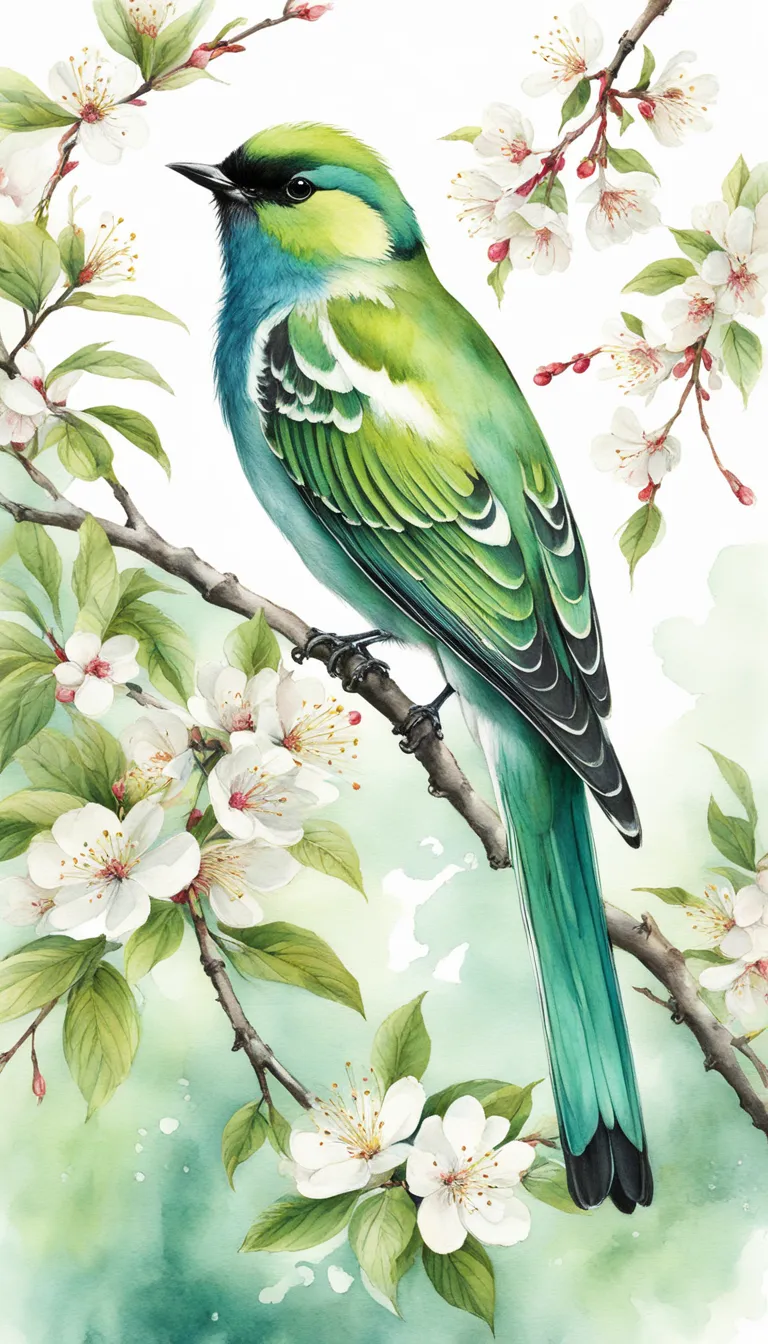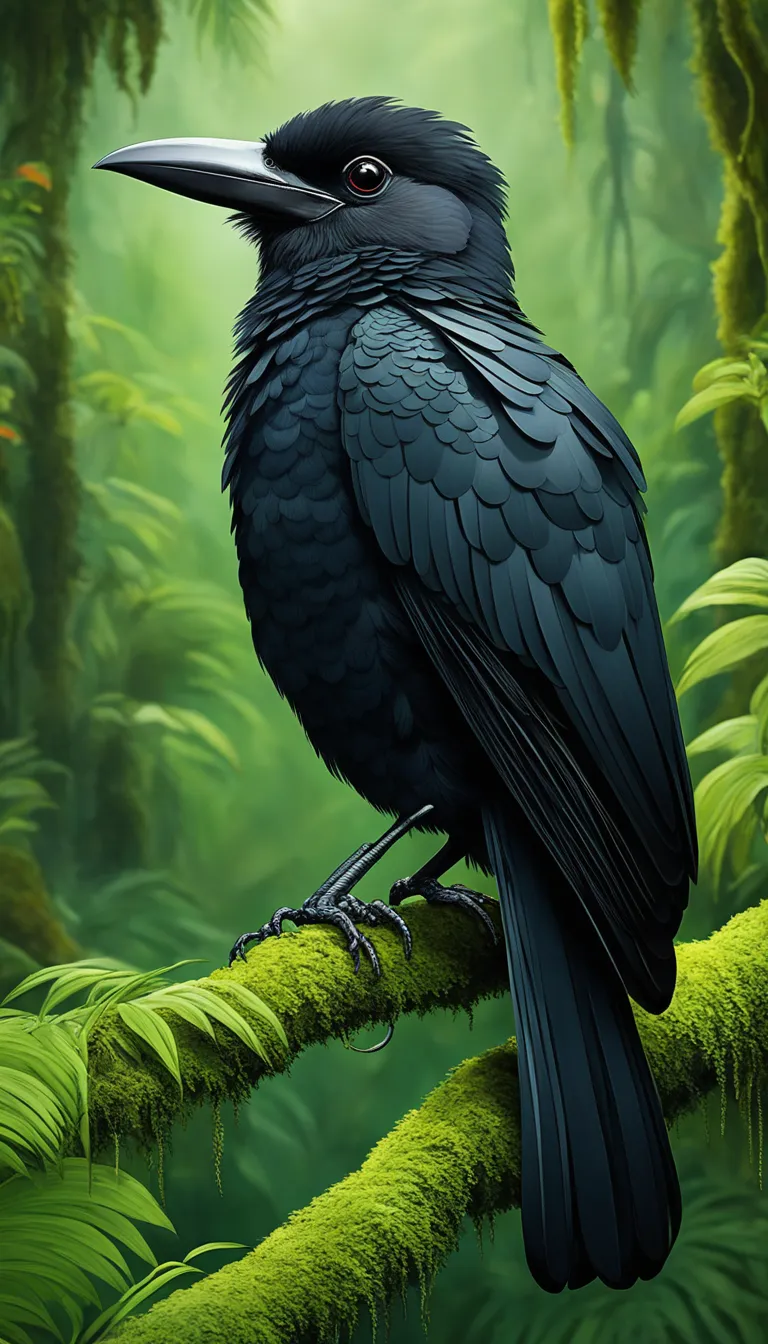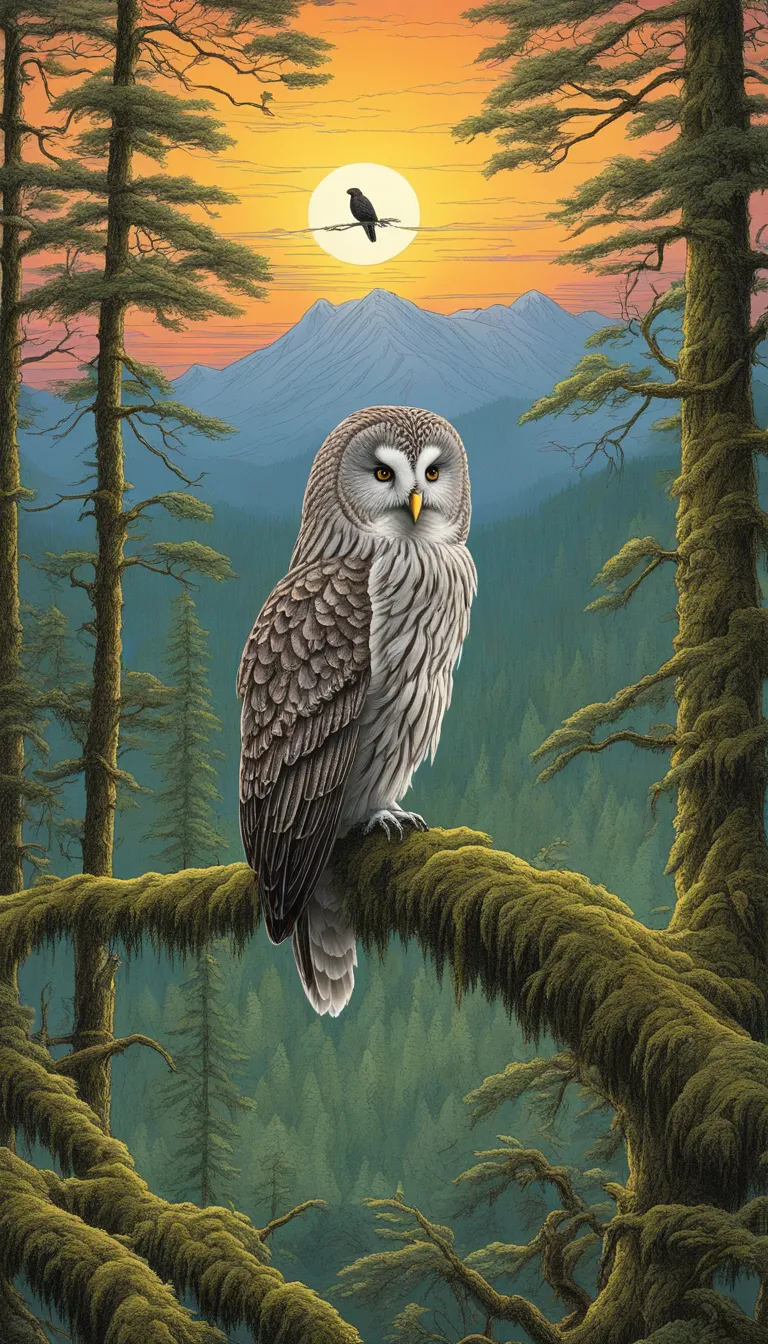Ever wondered about the unusual suspects of the animal kingdom that start with the letter U? Well, buckle up for a surprising safari as we explore some of the most unique and extraordinary creatures you may have never heard of. From the depths of the tropical rainforests to the high peaks of mountain ranges, these animals boast remarkable features and behaviors that are as explosive in diversity as they are in character.
- Uakari
- Uguisu
- Umbrellabird
- Urial
Get ready to unearth the secrets of these enigmatic species. Our journey will take us from the Uakari Monkeys, with their striking appearance, to the melodious calls of the Uguisu Bird. We’ll discover the rugged beauty of the Urial Sheep, and the Umbrellabird with its distinctive silhouette. So, let’s dive into the world of ‘U’ and uncover the stories behind these fascinating animals.
Understanding Uakari Monkeys
Have you ever seen a monkey with a bright red face? Well, if you’re picturing the Uakari monkey, you’re spot on! These remarkable primates are not just another face in the crowd. With their bald heads and vibrant crimson features, they stand out as one of the most striking animals in the Amazon rainforest. But it’s not all about looks; these monkeys have a fascinating social structure and are a vital part of their ecosystem.
Uakaris are known for their short tails and long, shaggy fur. They prefer to live in flooded forests and swamps, which provide them with plenty of fruits – their main diet. But life in the treetops isn’t just about eating; it’s about community. These animals are highly social, living in groups that can number in the hundreds. Imagine the sight of a hundred red-faced monkeys moving through the forest canopy!
Here’s a quick rundown of some key Uakari facts:
- Lifespan: Uakaris can live up to 20 years in the wild.
- Diet: They are primarily frugivorous, but also eat leaves, insects, and small animals.
- Conservation status: Some Uakari species are classified as vulnerable due to habitat destruction and hunting.
So, the next time you’re delving into the wonders of the animal kingdom, keep an eye out for the Uakari monkey. Their explosive appearance and surprising behaviors are sure to captivate anyone’s curiosity!

Uncovering the Uguisu Bird
Have you ever been captivated by the melodic whistle of a bird song and wondered which feathered friend is serenading you? Look no further than the Uguisu bird, also known as the Japanese nightingale. This avian beauty is not just another pretty voice in the chorus of the wild; it’s a symphony in its own right. But what makes the Uguisu so special? Let’s dive into the world of this enchanting creature.
First off, the Uguisu’s song is not just music to our ears; it’s a complex communication tool. During the breeding season, the male Uguisu’s call transforms into a powerful and varied song, designed to attract a mate and ward off rivals. Think of it as a love ballad and a battle cry all rolled into one. Isn’t nature fascinating?
But it’s not all about the song with these birds. The Uguisu is also known for its camouflaged plumage. Their subtle greenish-brown feathers allow them to blend seamlessly into the foliage, making them a master of disguise in their forest home. And when it comes to their habitat, these birds are quite the homebodies, preferring the dense, green forests of Japan to thrive in.
- Scientific Name: Horornis diphone
- Length: Approximately 15 cm
- Weight: Around 20 grams
- Diet: Omnivorous, feeding on insects and seeds
- Breeding Season: Early spring to summer
So next time you hear a whistle that’s as clear as a bell, think of the Uguisu bird. With its distinct song and unassuming appearance, this bird is a true gem of the animal kingdom. It’s a reminder that sometimes, the most extraordinary things come in the most unassuming packages. Now, isn’t that a thought to tweet about?
Unveiling the Urial Sheep
Urial Sheep, an often overlooked gem of the animal kingdom, carry a presence as majestic as the mountain ranges they inhabit. With their impressive, curved horns and a rugged appearance, these wild sheep are not just a sight to behold but also a marvel of adaptation.
Found traversing the steep, rocky terrains of Central and South Asia, the Urial Sheep are split into several subspecies, each adapted to their specific environment. The males, in particular, are known for their sizeable horns, which can be a symbol of their age and vigor, often used in clashes during the mating season.
What makes the Urial Sheep truly captivating is their social structure and behavior. They typically form large herds, which provide them with protection against predators such as wolves and leopards. However, during the mating season, the males become solitary or form smaller groups to compete for females.
Conservation efforts for the Urial Sheep are crucial, as their populations face threats from habitat loss, hunting, and competition with domestic livestock. These efforts include protected areas, anti-poaching patrols, and community-based conservation programs.
Here’s a quick glance at the subspecies of Urial Sheep:
- Punjab Urial
- Ladakh Urial
- Transcaspian Urial
- Arkars
- Red Sheep
In conclusion, the Urial Sheep are not just animals that start with ‘U’; they are a symbol of the wild, untamed regions they come from and a reminder of nature’s incredible diversity. Their continued survival depends on our awareness and efforts to protect their natural habitats.

Unraveling the Mysteries of the Umbrellabird
Have you ever heard of the Umbrellabird? This intriguing creature is a marvel of the bird world, and its name alone sparks curiosity. But what exactly makes the Umbrellabird so mysterious and captivating? Let’s dive into the world of this feathered enigma.
First off, the Umbrellabird is known for its distinctive crest, resembling an umbrella, which crowns its head. This crest, combined with its long wattle that hangs from the neck, gives it an appearance like no other bird. Found in the rainforests of Central and South America, these birds are not just a sight to behold but are also vital to their ecosystem.
But the Umbrellabird doesn’t just stand out for its looks. Its behavior is equally fascinating. Known to be elusive, they are often heard more than seen, with deep, booming calls that resonate through the dense forest. These calls are a key part of their mating rituals and territorial displays.
Here’s a quick rundown of some interesting facts about the Umbrellabird:
- Scientific Name: Cephalopterus
- Diet: Mainly frugivorous, but also eats insects
- Habitat: Tropical rainforests at elevations of 500 to 2,000 meters
- Conservation Status: Ranges from Vulnerable to Critically Endangered, depending on the species
As deforestation continues to threaten their home, the mystery of the Umbrellabird may deepen, making it more important than ever to protect these unique birds and their habitat. So next time you’re pondering the wonders of the animal kingdom, remember the Umbrellabird – a true spectacle of nature’s creativity.





